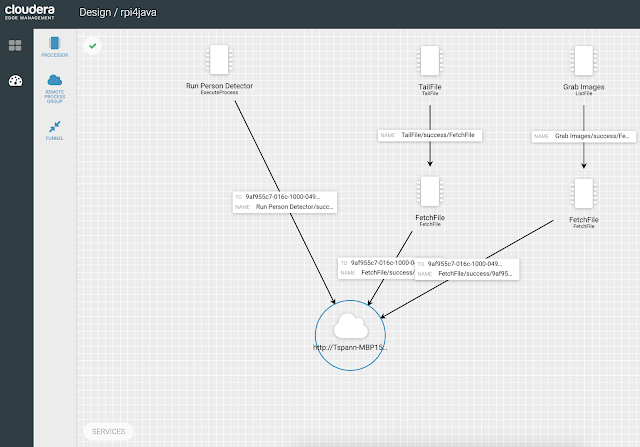MLOps: From Proof Of Concepts to Industrialization
In recent years, AI and Machine Learning have seen tremendous growth across industries in various innovative use cases. It is the most important strategic trend for business leaders. When we dive into a technology, the first step is usually experimentation on a small scale and for very basic use cases, then the next step is to scale up operations. Sophisticated ML models help companies efficiently discover patterns, uncover anomalies, make predictions and decisions, and generate insights, and are increasingly becoming a key differentiator in the marketplace. Companies recognise the need to move from proof of concepts to engineered solutions, and to move ML models from development to production. There is a lack of consistency in tools and the development and deployment process is inefficient. As these technologies mature, we need operational discipline and sophisticated workflows to take advantage and operate at scale. This is popularly known as MLOps or ML CI/ CD or ML DevOps. In this article, we explore how this can be achieved with the Kubeflow project, which makes deploying machine learning workflows on Kubernetes simple, portable, and scalable.
MLOps in Cloud Native World
There are Enterprise ML platforms like Amazon SageMaker, Azure ML, Google Cloud AI, and IBM Watson Studio in public cloud environments. In the case of an on-prem and hybrid open-source platform, the most notable project is Kubeflow.



